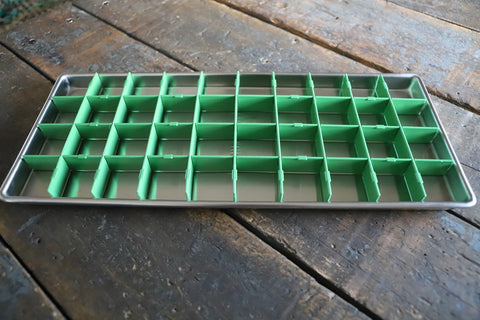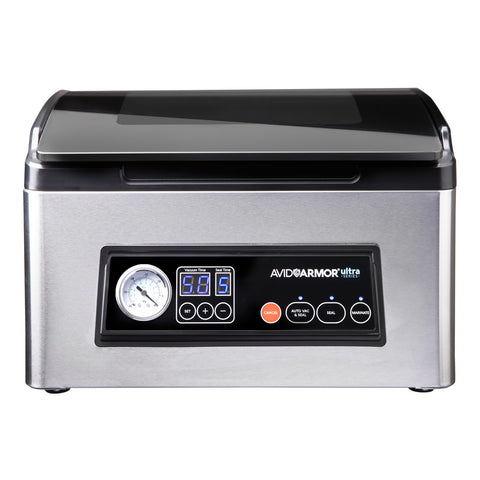Contributed By: Live. Life. Simple.
This section is one that will continue to grow over time with the increasing amount of users and data. The following are all suggestions and intended as a reference when especially trying those tricky or stubborn foods. This is not a one size fits all, so some experimentation may be required.
The easiest way to calculate the amount of liquid you need to reintroduce to the food is to weigh your trays (in grams) before you FD and after. Subtract the after weight from the before weight. You then divide that amount by how many servings you have and that is the estimated amount of liquid to add. If you use dividers it makes this really easy.
For example: I have portioned my tray with the dividers into 10 servings. My tray of food weighs 1275 grams before FD and 510 grams after FD. The difference in tray weight is 765 grams. I have portioned to 10 servings so each serving will need approximately 76.5 grams (per serving) of water to rehydrate. (765 of water removed /divided by 10 servings)
Use our Food Log for easier tracking
Vacuum Chamber Sealer - This is my favorite and the newest way I have figured out how to rehydrate. You can place certain foods into a bowl or container (one that will fit into the chamber) and add liquid of your choice. This means that you don't have to use water, you can use marinades, beer, broth etc. You can then place the container under vacuum and all of the pores of the food open up. When the vacuum is released, the food sucks up the liquid like a sponge. This can be done with freeze dried or non-freeze dried food.
Crock Pot/Instant Pot – Introduces moisture slowly (pressure cooker, Ninja Foodie, Instant Pot) Use the basket that comes with most cookers. This allows the food to remain out of the water at the bottom, but still allows steam to hydrate.
Steamer: Introduces moisture slowly. This allows the food to remain out of the water at the bottom, but still allows steam to hydrate.
Bamboo basket – introduces moisture slowly but be careful not to burn. This is a simple wicker-like basket that goes over the top of a boiling pan. The steam from the hot water will slowly add moisture back into the food
Boiling water – The easiest and most common way to rehydrate foods. It's also the most convenient. This can be used with a food scale to really nail down a formula for making a consistent finished product. Add some tray dividers to make equal portions and a good freeze drying recipe from this site, and you have the easiest and most predictable freeze dried food!
Ziploc and paper towel – Oftentimes, things that have a bread or cracker like consistency can be brought back slowly if placed into a Zipper bag with a damp paper towel. This allows the food to rehydrate but not get soggy. I place mine in a refrigerator overnight and that is usually plenty of time for rehydration. Sometimes a flip of bread or muffin or whatever you are rehydrating is required.
Spray bottle- This can be helpful for coating the outside of tricky foods with water, but not over saturating them. This can also help spray a layer of liquids onto a food as an adhesive for toppings before freeze drying.
Refrigerator – If the food you are trying to rehydrate needs to be done slowly, but is also susceptible to spoilage if left out, throw it into the refrigerator. The paper towel and Ziploc method is a good helper with this
Sous Vide – This can be a wonderful way to slow cook meats and foods in their own juices. For freeze drying, this means you can add a whole new level of flavor if reintroducing water or ANY liquid to rehydrate. This is an underutilized device that can cook foods in liquids other than water. You can cook freeze dried steak in a marinade or broccoli in broth to add a whole different level of flavor!






Comments (1)
Under the “Best Rehydration Practices” section the downloadable link is the food log PDF. I feel this may have been was unintentional. Just an FYI
———
Freeze Drying Cookbook replied:
Thank you! We have fixed the problem :)